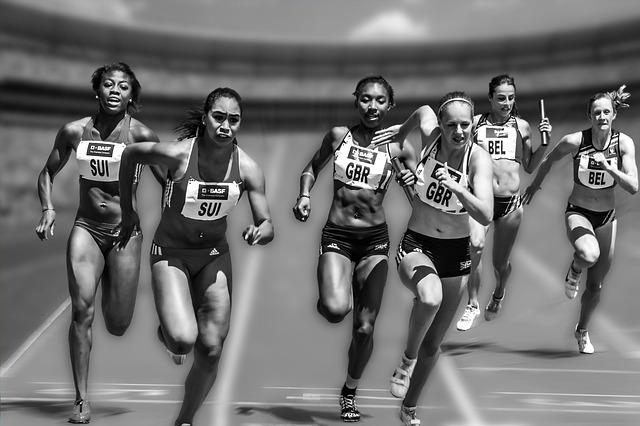
The change of guard or shift is called relief.
The act and consequence of replacing one individual with another is known as replacement, regardless of what activity, job or position it is. When the replacement takes place, the person replaced leaves the place or role he occupied or what he was doing and, to replace him, another subject enters who fulfills similar functions or has the same characteristics.
To give some examples: “My shift is already over, but I'm waiting for my replacement to arrive so I can leave,” “Gómez's replacement is already working in his office,” “I'm going to have to ask you to stay late, now.” "Unfortunately I have no relief for you."
Relief, on the other hand, is the act of changing (i.e., relieving) the guard . The term is also used to name the soldier who is relieving: “Corporal Peralta's relief is already on guard, sir,” “There are ten minutes left until the relief and the authorities have not yet arrived at the premises.”
relay races
At the level of sport , the relay consists of replacing a runner with another who is part of the same group or team at the moment in which he receives the baton (also known as posta or posta ).
Thus, within the framework of athletics , a relay race is called the type of competition in which the athletes on each side are replaced successively along the route, with all participants running the same distance . In this test, each athlete must hand the baton to one of his teammates, who in turn will begin to run in the direction of the next one... and so on until the last member reaches the finish line. It is worth mentioning that the metal bar that athletes must hand over when taking over is known as a witness . It measures about 30cm long and weighs 50g and must be handed in the hand of one runner to another.
The fundamental objective of this competition is for each athlete to reach their maximum speed so that in the sum of each one's speeds, the team average is as high as possible; For this reason, it is important that the least amount of time possible is lost during the relief. In turn, this is carried out in a specific area 18 m long. Thus, if the race includes 400 m, each athlete must cover a range of 100 m (4 × 100) and if it is 800 m, 200 (4 × 200); For the relay to be carried out in the best way, the relaying athlete must stay in the handover zone and start his race when his partner is about 2m from where he is.

Relay races are a form of athletics.
Distribution forms and categories
The way in which the relays are distributed is as follows: The first athlete leaves the curve with the baton in his right hand and runs in the direction of the second runner, to whom he hands it in his left hand. He runs on the outside and hands the baton into the right hand of the third athlete, who performs his section in the same way as the first runner, handing the baton to the fourth athlete, who must do his part in the same way as the second.
A race of this type is characterized not only by being divided into four, but also because two of the athletes run in a curve and the other two in a straight line. It is important to keep this in mind to know how to choose the best candidate for each section, taking into account the qualities of each one.
There are many categories within the relay races, however the best known are those called 4 x 100 and 4 x 400. There are also other modalities such as the 4 x 60, 4 x 80 and 4 x 300 competitions , for younger children. and cadets, respectively.
